Open Context and Carleton University Prize for Archaeological Visualization
We are pleased to announce that the winner of the 1st OpenContext & Carleton University Data Visualization Prize is awarded to the ‘Poggio Civitate VR Data Viewer’, created by the team led by Russell Alleen-Willems.
The team hacked this data viewer together
over a weekend as a proof-of-concept. In the typical spirit of the
digital humanities and digital archaeology, they developed a playful
approach exploring the materials using the potential of the HTC Vive sdk
to ingest Open Context data as json, and then to place it into a
relative 3d space. We particularly appreciated their candour and
self-assessment of what worked, and didn’t work about their project, and
their plans for the future. We look forward to seeing their work
progress, and hope that this prize will help them move forward. Please
explore their project at https://vrcheology.github.io/ .
Congratulations to the team, and thank
you to all who participated. Please keep your eyes peeled for next
year’s edition of the prize!
The team members are:
- Russell Alleen-Willems (Archaeology domain knowledge, Unity/C# Scripting)
- Mader Bradley (JSON Data Parsing/Unity Scripting)
- Jeanpierre Chery (UX Design, Unity/C# Scripting)
- Blair Lyons (Unity/C# Scripting)
- Aileen McGraw (Instructional Design and Program Storytelling)
- Tania Pavlisak (3D modeler)
- Jami Schwarzwalder (Git Management, Team Organization, and Social Media)
- Paul Schwarzwalder (Unity/C# Scripting)
- Stephen Silver (Background Music)

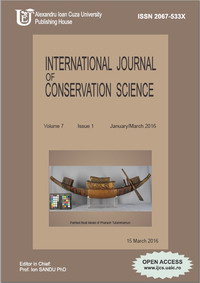
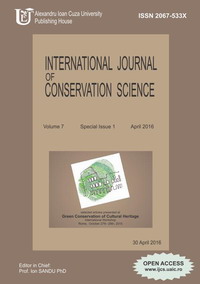
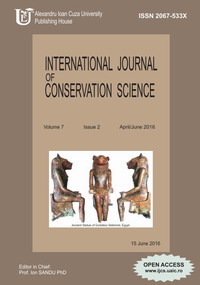
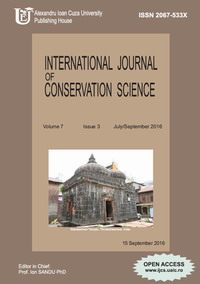
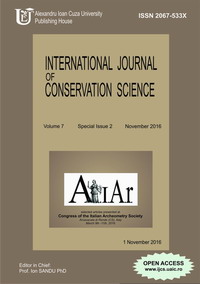
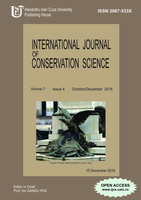
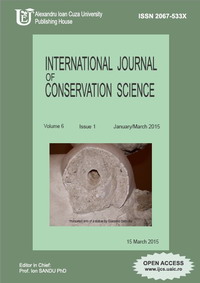
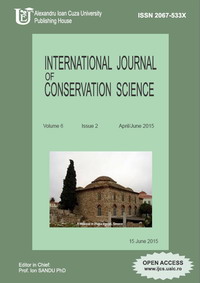
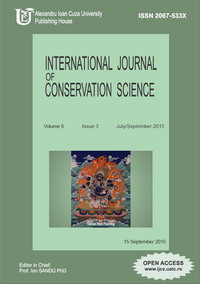
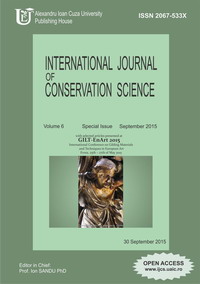
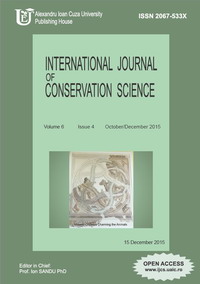
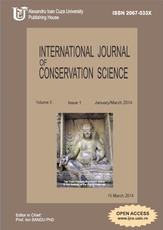
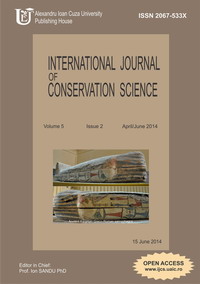
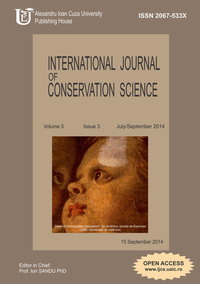
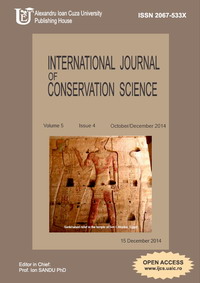
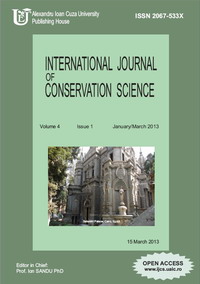
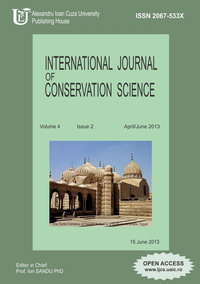
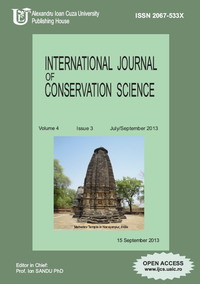
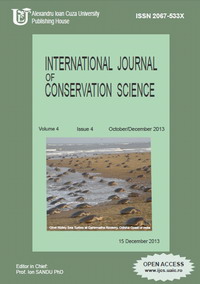
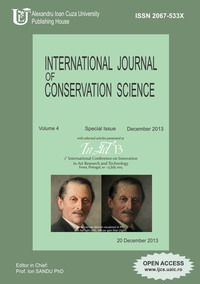
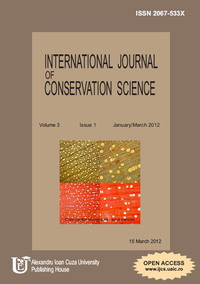
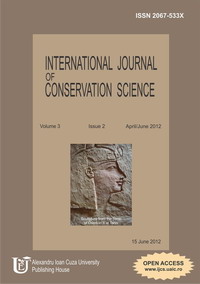
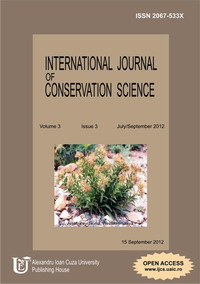
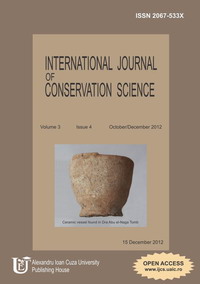
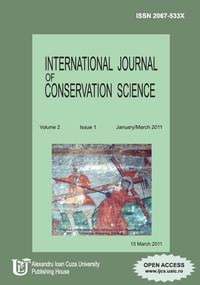
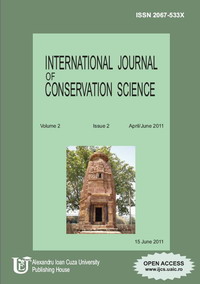
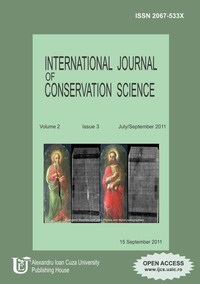
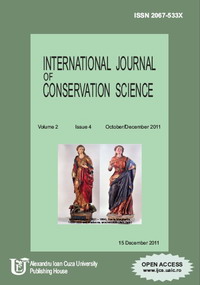

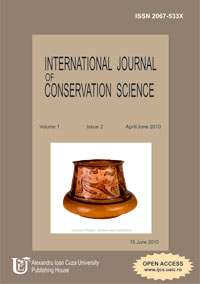
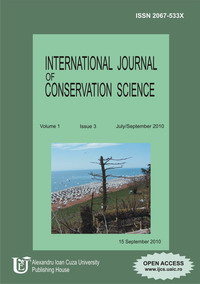
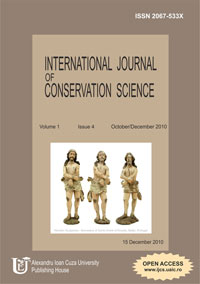









 Stumble It!
Stumble It!
